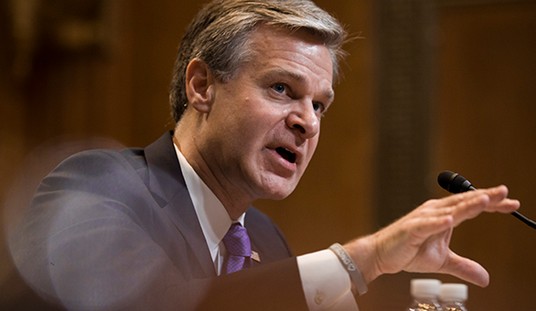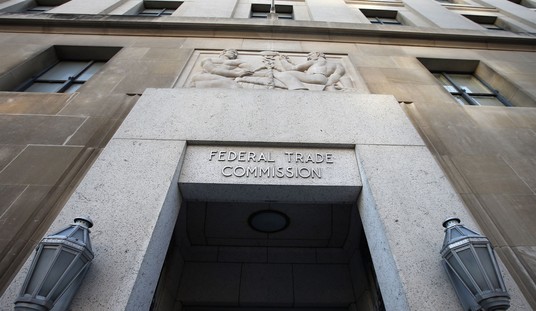Americans want to honor the veterans and service members who sacrifice so much to defend our country. That’s why we have holidays like Memorial Day. Yet members of our military deserve more than speeches and parades. They deserve policies that reduce the price that they and their families have to pay for their service.
In 1944, Congress passed what is today known as the Montgomery G.I. Bill. By putting a college education within the financial reach of veterans, the G.I. Bill is credited with growing the American middle class and ushering in one of the longest economic expansions in history. Recent changes to the G.I. Bill allow veterans to transfer their education benefits to their college-age children. Unfortunately, they can’t pass them on to their elementary and secondary school children, many of whom sorely need better options.
Congress and state lawmakers should move to change this limitation so that veterans can use existing GI Bill benefits for Military Education Savings Accounts (ESAs) to send their children to schools they think are best—regardless of where they are stationed.
More than one million school-age children in America, who mostly attend public schools, have parents serving in the military. Yet over half the country’s public schools with at least a 5 percent military-child enrollment are not meeting state academic standards. Children from military families change schools far more frequently and have higher disability rates than their civilian peers, further undermining their chances of success in school.
Recommended
Military ESAs would help expand education options without adding costs to national and state budgets because they would simply let veterans direct their existing or unused education benefits into tax-free savings accounts for their school-age children. Ample models already exist for how this could work.
Coverdell ESAs, for example, allow individuals to contribute up to $2,000 annually for schoolchildren’s education, including private school tuition, room and board, tutoring, special education services, uniforms, and educational technology. As with existing Coverdell ESAs, qualified education expenditures from Military ESAs would be tax free. Annual contributions could match the current per-pupil funding at the public school the service member’s child would otherwise have to attend. Military ESA funds could pay for transportation, tuition, associated virtual or home school costs, as well as tutoring, books, supplies, and fees for special educational services. Any remaining funds could be used toward children’s postsecondary education or training.
This isn’t just important to those children who have better education options. It’s important to our nation’s defense. Top military officials report that military parents with school-age children are reluctant to accept assignments to areas with poorly performing schools. Ensuring that military personnel will have high-quality education options will help with military recruitment and retention efforts.
Since 2008, Congress has considered but failed to enact several scholarship programs for military dependents. This is a topic they should reconsider immediately. Unlike other proposals, Military ESAs would be more fiscally—and therefore politically—viable, because they require no additional appropriations. But state lawmakers don’t need to wait for Congress to act.
Virtually every state offers higher education benefits to National Guard members. In some states, those benefits can even be transferred to surviving dependents. States also have their own 529 college savings plans, and qualified withdrawals are not subject to federal taxes. Additionally, some states offer income tax deductions or tax credits for 529 contributions. State lawmakers should simply amend their existing programs so they can serve as Military ESAs for K-12 education expenditures as well. Arizona did so last year, when it became the first state to enact a K-12 ESA program.
Such benefits would be powerful recruitment tools and help nurture home-grown talent, which contributes to states’ economic growth without burdening their budgets. In fact, because most annual private, charter, virtual, and home schooling costs are significantly less than the $12,000 national public-school per-pupil average, states would likely realize significant savings. In fact, if just 1 percent of military children attended private schools instead of public district schools using Military ESAs, states would realize a combined annual savings of more than $92 million.
Most important, by allowing federal and state Military ESAs, policymakers can ensure that the Americans who have sacrificed so much for their country do not have to sacrifice when it comes to providing a quality education for their children.
























Join the conversation as a VIP Member